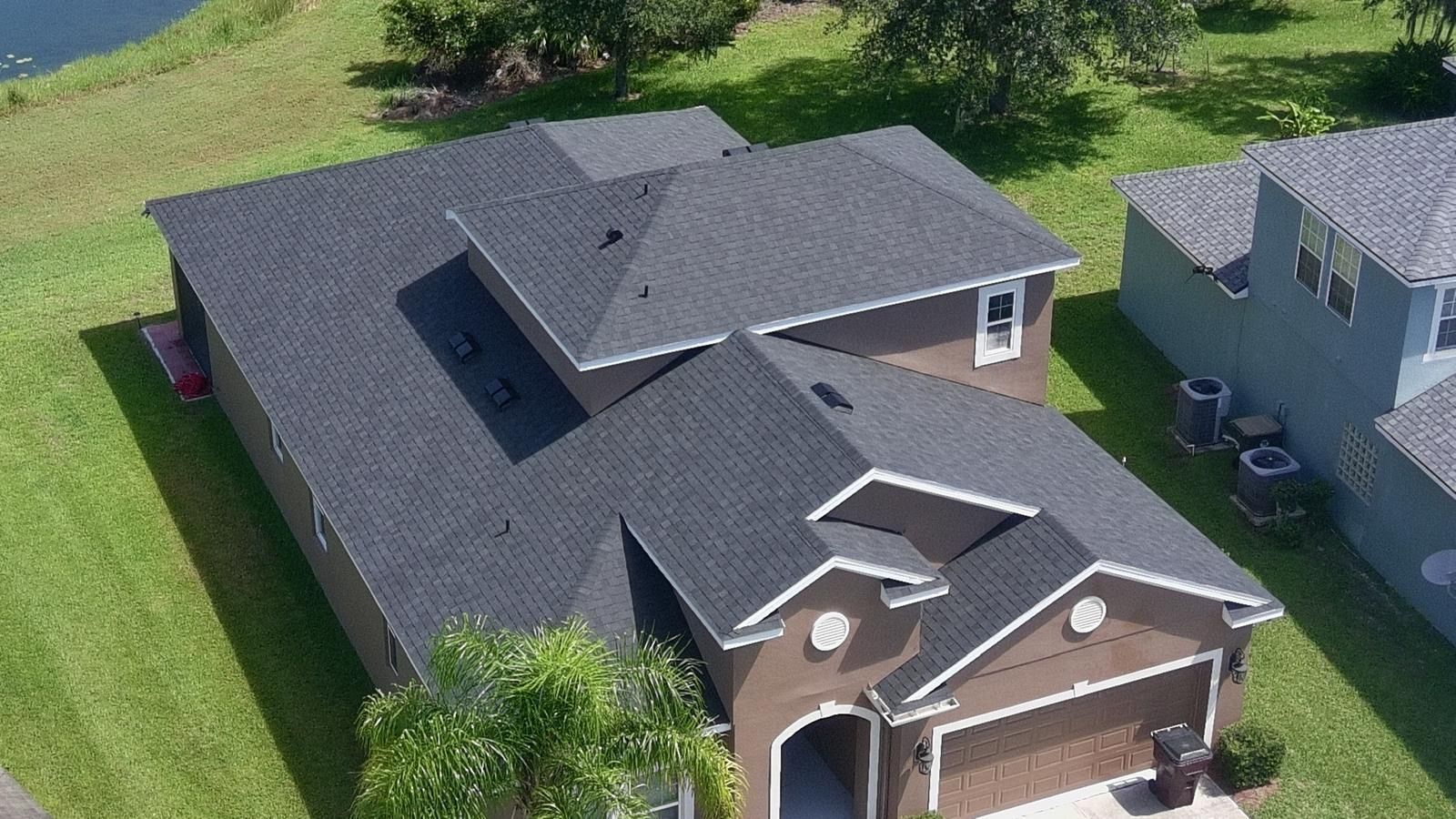🏠 Complete Guide to Roofing in Florida: Everything You Need to Know
Roofing in Florida presents unique challenges due to the subtropical climate, hurricanes, and constant humidity. In this guide, we explain everything you need to know to make informed decisions about your roof.
🌪️ Specific Challenges of Florida's Climate
Hurricanes and Strong Winds
Florida is the most hurricane-prone state in the US. Roofs must meet strict wind resistance codes:
- Florida Building Code: Requires roofs resistant to winds up to 150 mph in some areas
- Mitigation system: Many insurers offer discounts for hurricane-resistant installations
- Impact testing: Materials must pass impact resistance tests
Humidity and Tropical Rain
- Average annual rainfall: 54 inches
- Consistently high relative humidity
- Risk of mold and fungi in roof structure
Intense UV Radiation
- 230+ sunny days per year
- Accelerated material degradation
- Color and texture fading
🏗️ Recommended Roofing Materials for Florida
Enhanced Asphalt Shingles
Advantages:
- Wind resistant up to 130 mph
- Options with UL 2218 Class 4 rating (maximum impact resistance)
- Affordable price: $3.50 - $5.50 per square foot installed
Disadvantages:
- Lifespan: 15-25 years in Florida climate
- Require regular maintenance
Metal Roofing
Advantages:
- Extremely wind resistant (up to 160 mph)
- Lifespan: 40-70 years
- Solar reflectivity helps with energy efficiency
- Fire and insect resistant
Disadvantages:
- Higher cost: $7 - $12 per square foot
- Can be noisy during heavy rain
Concrete and Clay Tiles
Advantages:
- Excellent durability: 50+ years
- Very wind and fire resistant
- Popular Mediterranean aesthetic in Florida
Disadvantages:
- Significant weight (requires reinforced structure)
- Cost: $10 - $18 per square foot
TPU and Synthetic Membranes
Ideal for flat roofs:
- Completely waterproof
- Flexibility for thermal expansion
- Excellent reflectivity
📋 Installation Process and Permits
Required Permits
1. County building permit
2. Existing structure inspection
3. Electrical permit (if fans/skylights)
4. Final occupancy permit
